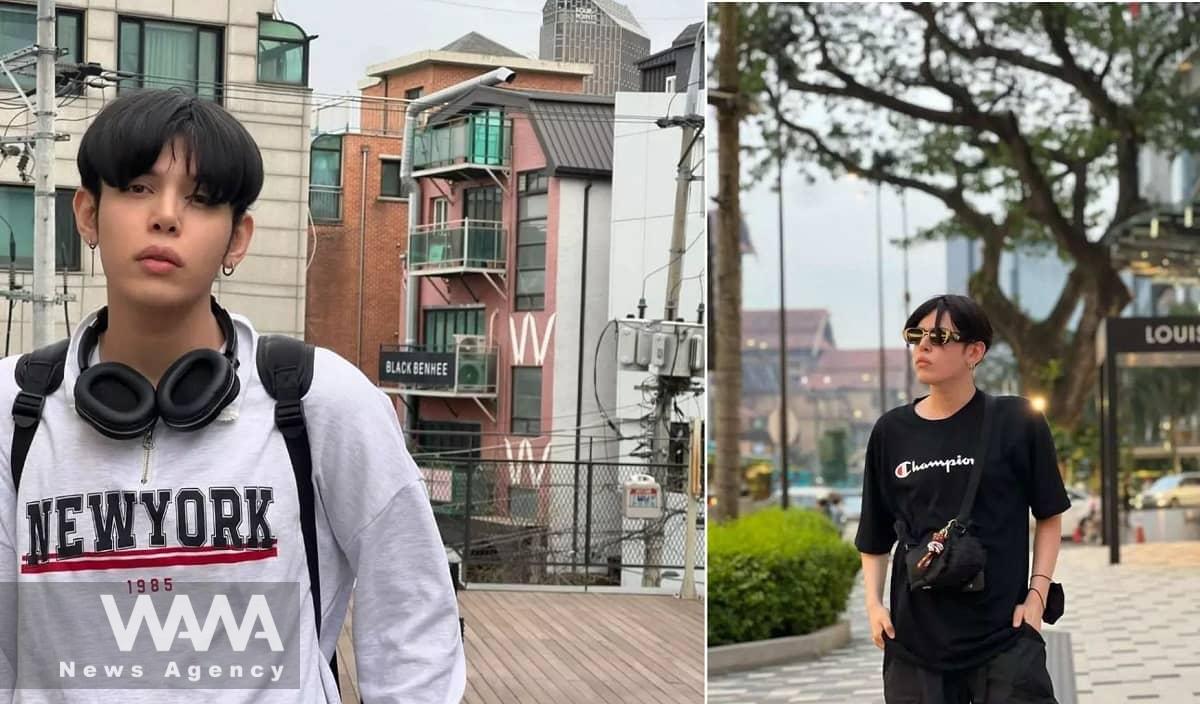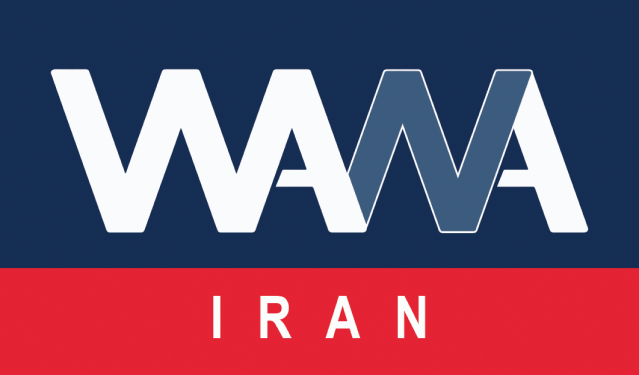Embracing East: K-pop and K-drama Among Iranian Youth
WANA (Apr 07) – It was night, during exam season, and Nazanin, a seventeen-year-old student, was torn between studying and scrolling through social media. Surrounded by her physics notes and the sound of her younger brother’s snoring, the temptation to browse Instagram ultimately won.
Suddenly, a video caught her attention: a boy with blue hair, a soft voice, and movements so in sync with the music that it seemed he had become one with it. A boy from a group called BTS. Now intrigued by this music group, she went on to watch more of their videos.
Nazanin, who at first only intended to watch a short clip, found herself two days later, with tears in her eyes, watching the final episode of a Korean drama. That night, without even realizing it, she took a big step into the world of K-pop and K-drama — a world that, these days, has become familiar, comforting, and even a temporary refuge from the pressures and hardships of life for many young Iranians.
In recent years, the interest in K-pop music and South Korean drama series has seen a remarkable growth among Iranian teenagers and young adults. Terms like “ARMY” (BTS fans), “BLINK” (Blackpink fans), or “K-drama fan” are no longer confined to specialized chat rooms.

Now, they can be heard on Instagram pages, Telegram channels, WhatsApp groups, and even in everyday conversations at high schools and elementary schools: “Did you watch the new episode of When Life Gives You Tangerines?” or “The new Stray Kids song was amazing, did you listen to it?”
Studies show that Iranian Telegram channels dedicated to translating and providing subtitles for Korean series and songs each have thousands of active members. Additionally, according to Google Trends data, searches for terms like “BTS,” “Blackpink,” “K-drama,” and “K-pop” in Iran have significantly increased in recent years.
What Makes K-pop and K-drama So Attractive?
The first reason is undoubtedly the high quality of production. K-pop music is created with precise details, professional arrangements, flawless performances, and visual appeal. Additionally, Korean dramas, with their coherent narratives, emotional acting, and picturesque locations, stand in stark contrast to many shallow and repetitive series on Iran’s local media.
On the other hand, this space provides young people with a kind of temporary escape from reality; a colorful world, full of emotion, deep friendships, peaceful loves, and sometimes fantasy. In a situation where economic pressures, the concern of university entrance exams (Konkur), an uncertain future, and social restrictions cast their shadows, this world has become a pleasant refuge for Iranian youth.
Interest in the Korean Language
Many teenagers and young people, by watching series and listening to music, have gradually turned to learning the Korean language. Language courses for this language in Tehran and other large cities of Iran have been met with unprecedented enthusiasm. Some even plan to travel or study in South Korea. The travel of the new generation of Iranian bloggers has also increasingly shifted towards East Asia, including South Korea, which itself is a sign of deep cultural influence.

Iranian university students in traditional Hanbok attire express their love for Korea. Social media/ WANA News Agency
The View of Families and the Older Generation
Iranian families’ reactions to teenagers’ interest in Korean culture vary. Some see it as a healthier alternative to certain Western content, while others are concerned about changes in appearance, excessive role models, and their children’s intense attachment to foreign artists. Questions like these arise in their minds: “Why has my child become so fascinated with another country? Why don’t they listen to Iranian music?”
An interest in a particular genre of music or film is not inherently reprehensible; however, if this cultural wave is followed superficially or aimlessly, it can lead to unrealistic perceptions about life in South Korea and even immigration based on these misconceptions— a warning that even some Iranian bloggers living in Korea have pointed out: “Koreans are not like their TV shows; don’t come here based on the series.”
On the other hand, the diminishing attention to native culture and the Persian language, along with the lack of effective programs to promote them, could have worrying long-term consequences; a warning that Iran’s cultural authorities should pay more attention to.
From Fandom to Identity
For Nazanin and thousands of other teenagers, K-pop is no longer just music; it has become part of their identity. Their style of dress, preferred language, and even their future dreams have been shaped by this culture.
K-pop and K-drama, for the Iranian Generation Z, are like a window to a different world—a world where the feeling of being heard, seen, and unique seems more attainable. However, this window does not always open to the truth.

An Iranian movie which focuses on an Iranian family’s youth who is obsessed with Korea, and the movie shows the family’s problems regarding these issues. Movie name: Cheshm Badoomi. Social media/ WANA News Agency
Pastel Dreams, Gray Realities
Korean dramas depict an idealized world: a clean city filled with neon lights, polite characters, calm romantic relationships, and an atmosphere where kindness and perseverance always lead to success. However, many teenage viewers fail to realize that what they are seeing is an artistic and sometimes exaggerated representation of a complex reality.
Alongside its economic and technological advancements, South Korea grapples with challenges such as intense academic pressures, grueling competition in the job market, high rates of depression and suicide among youth, and a harsh work culture.
Many young immigrants also enter the country with misconceptions about the Korean lifestyle. The image created by K-dramas, while beautiful and inspiring, cannot serve as a reliable standard for making decisions about the future.
From Turkey to Tokyo: The Wave’s Path
Before the Korean wave, there was a wave of interest in Turkish series, and after that, Japanese anime had also been observed among Iranian youth. Each of these waves reflected a generational need to experience other cultures, escape from the mundane, and find a sense of connection with another world.
However, what distinguishes the Korean wave is its intensity, depth, and scope of influence. Unlike Turkish series, which were mostly followed for entertainment, or anime, which had a more niche audience, Korean culture now impacts the identity formation of the new generation. Language, fashion style, makeup, musical tastes, and even career aspirations of teenagers have been noticeably influenced by this cultural movement.

Shayan Jalali, an Iranian actor who has migrated to South Korea. Social media/ WANA News Agency
The Economy of Seoul’s Voice
What is now seen worldwide as K-pop and K-drama culture is not merely an artistic trend; it is part of a smart national strategy by the South Korean government to expand cultural influence and strengthen the economic position of the country.
According to official statistics, South Korea’s cultural exports – including music, TV series, video games, and beauty products – generate billions of dollars annually in foreign revenue. The group BTS alone has had a significant impact on the growth of the country’s GDP; so much so that the South Korean government passed an amendment to the military service law that allows pop artists, including members of K-pop groups like BTS, to defer their mandatory military service until the age of 30.
In Iran, although there is no official market for Korean cultural products, the informal flow of fandom, translation and republishing of content, formation of fan pages, production of fan art, and even the purchase of related goods from foreign websites are all signs of the emergence of an underground cultural economy that requires attention and analysis.
Is this cultural wave merely a passing trend or part of the enduring identity of the new generation? The precise answer is unclear. However, what is clear is that now, the sound of Seoul echoes even in Tehran’s exam nights – and it seems this is just the beginning of the story.












